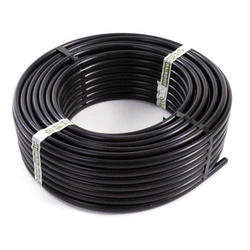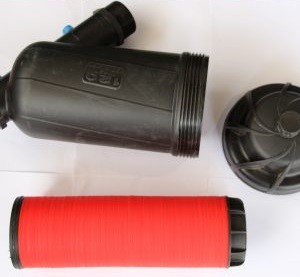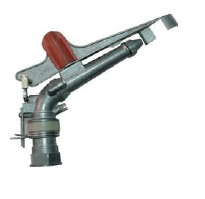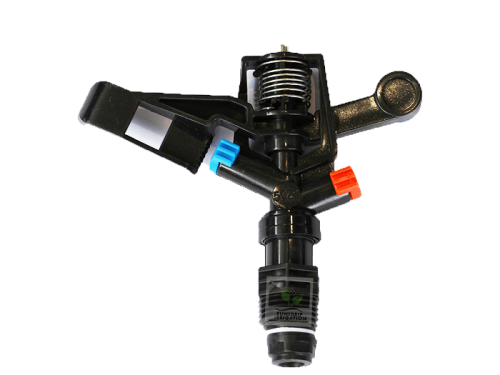Description
Drip tape is the emitters use in efficient and accurate delivery of water droplets onto the plant roots. The emitters are small in size to minimize the loss of water and channel water directly to the required plant.
Design specifications.
- They are black in color with yellow or white strips.
- It has a discharge rate of about 1.5litres to 3 liters of water per hour.
- The wall thickness typically ranges from 12 to 16 millimeters. Farmers normally use thicker wall-tapes for permanent subsurface drip irrigation unlike thinner walled tapes for temporary throw-away type systems in high-value crops.
- The discharge pressure ranges from 1 bar to 3 bar.
- Water exits from tape through emitters or drippers.
- The typical emitter spacing ranges from 5 to 25inches (10–600 mm). In some products, the emitters manufacturing is simultaneous with the tape. Actually forming as part of the product itself. While other manufacturers prefer manufacturing the emitters are separately .
- Sold at different lengths of between 1000meters to 1500metres.
- Typical tape diameters are 5/8″, 7/8″, and 1-3/8″, with the larger diameters more commonly used on permanent installations with longer runs.
Drip tape types
Drip tapes vary in sizes depending with wall thickness, material type and the drip length. The tape come with different intervals of 10 centimeters, 15 centimeters, 20 centimeter, 30 centimeter and 40 centimeters.
The intervals are the spaces between the emitters. The emitters are usually single or double emitters. Double emitters are suitable because of large water volume discharged from the main tubing.
Drip tape are of plastic polyethylene, selling on flat reels. The wall thickness typically ranges from 0.1–0.6 mm.

The drip tape is well design to discharge one liter of water per hour. This discharge ensures water is efficiently and economically used
The major factor of the production cost is the economical water budget. This dictates the type of plant to be grown. However, Broad leaved plants require much water as compared to small leaved plants. This will affect the drip tape emitters selection
Drip lines are stock in form of rolls. The rolls contain different lengths of 1000 meters, 1200 meters and 1300 meters. The choice of the drip depends on farm size, types of the plant and the economical budget.
Advantages of drip
- Extensive land leveling is not a must since drip irrigation can be employed in all landscapes;
- Reduction of water loses and maximizing water use efficiency.
- Soil conditions can be taken into account to a maximum extent and soil erosion risk due to irrigation water impact can be reduced to a minimum;
- high efficiency of fertilizer and nutrients usage since water is application is locally(reduction of groundwater contamination risk);
- Minimization of Weed growth as water and nutrients delivery is only to the cultivated plant;
- Positive impact on seed germination and yield development;
- Low energy operational costs because majority of the work is by gravity
- Drip tape is a recyclable material and can be recycled into viable plastic resins for reuse in the plastics manufacturing industry.
- No extensive land leveling requirement and it is applicable in all landscapes.
- Irrigation water can be used at a maximum efficiency level and water losses can be reduced to a minimum;
- Soil conditions can be taken into account to a maximum extent and soil erosion risk due to irrigation water impact can be reduced to a minimum;
Applications of Drip Tape
Where limited water supply is available, a drip system is a good choice for outdoor container crops such as pot, perennials in larger pots and nursery stock. It will save as much as 80 percent of the irrigation water compared to an overhead sprinkler system.
Other irrigation equipment related to drip
For the drip tape to be much effective, it must be used together with other equipment. The commonly used equipment may include starter connectors, drip takeoffs, drip end caps and Fertigation machine.





